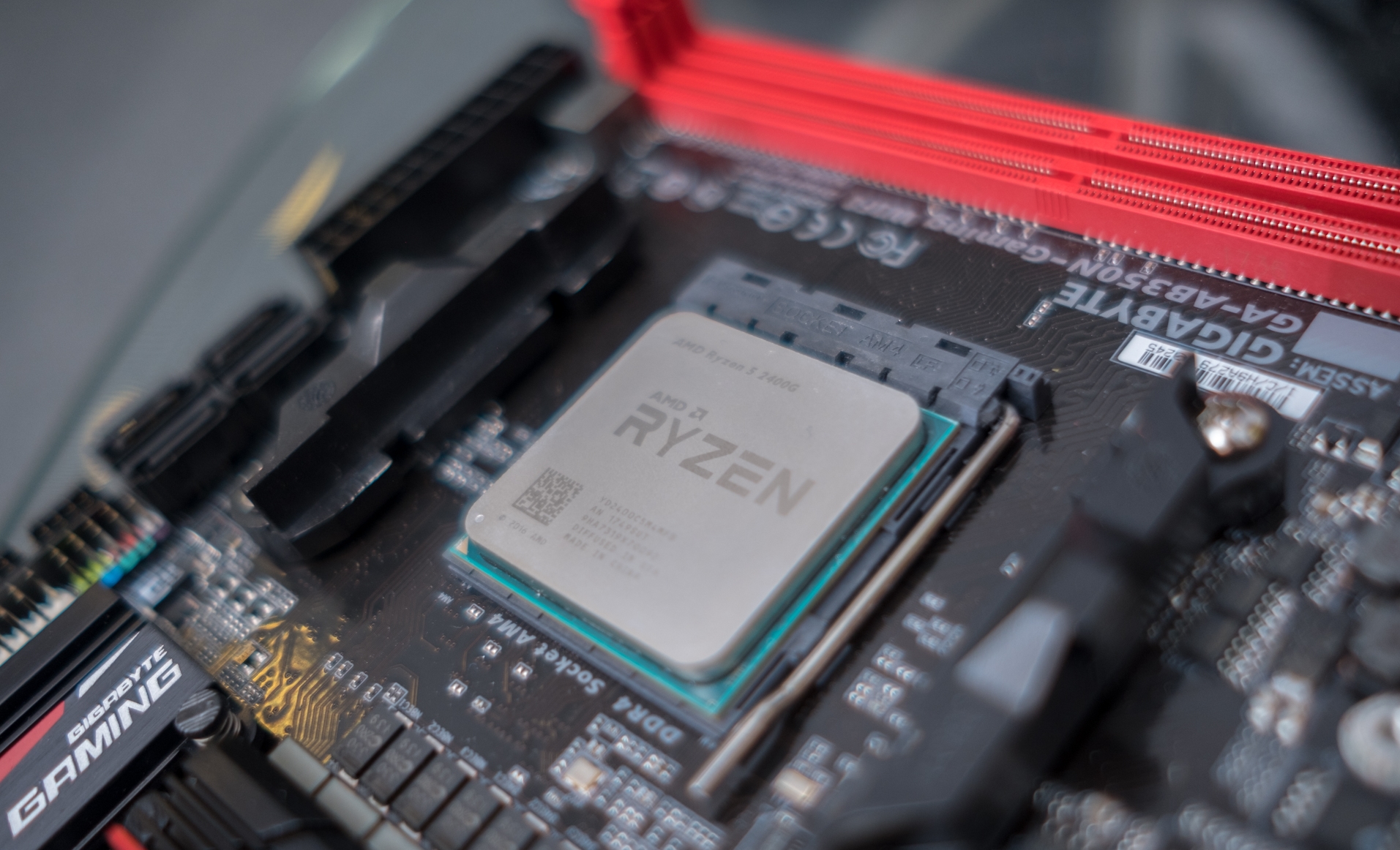ubuysa
The BSOD Doctor
AMD CPU's level 1 cache predictor feature on chips from 2011 to 2019 have a memory leak vulnerability it would seem, known as Take-A-Way.
See https://www.engadget.com/2020/03/08/amd-cpu-take-a-way-data-leak-security-flaw/
Whitepaper at https://mlq.me/download/takeaway.pdf
See https://www.engadget.com/2020/03/08/amd-cpu-take-a-way-data-leak-security-flaw/
Whitepaper at https://mlq.me/download/takeaway.pdf


